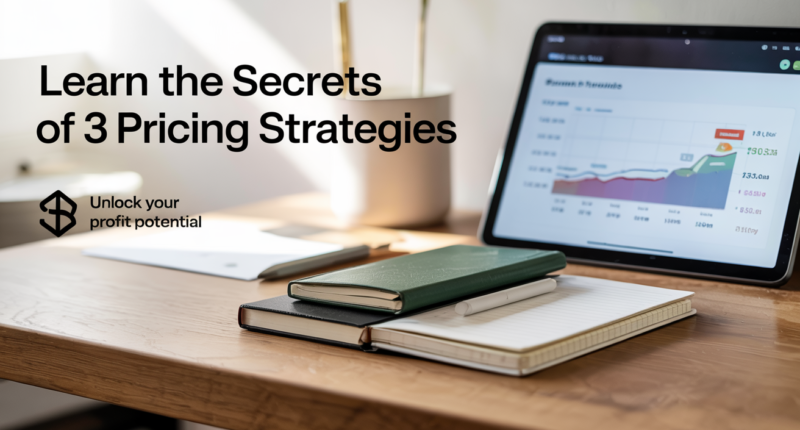Surveys show over 60% of online shoppers consider price the main factor in buying. So businesses from e-commerce to services need smart pricing strategies. Cost-Plus Pricing ensures costs are covered with a set markup, Value-Based Pricing aligns price to perceived value, and Dynamic Pricing adapts prices in real time to market changes. Each strategy offers unique benefits in the right scenario.
Cost-Plus Pricing Strategy

Cost-Plus Pricing is a simple method: you add a markup to your cost. For example, if a product costs $50 to make and you want a 20% profit, you set the price at $60. This guarantees expenses are covered. Many product businesses use cost-plus for stability. However, it ignores demand and competitor prices. Cost-plus provides a solid baseline and works best when combined with other methods.
Key Takeaways: Cost-Plus Pricing
-
Know your costs: Track all direct and indirect costs carefully.
-
Set a fair markup: Add a reasonable margin to reach your profit goals.
-
Reevaluate regularly: Use cost-plus as a baseline, then adjust if demand or competition shifts.
Value-Based Pricing Strategy
Value-Based Pricing focuses on the customer: you set prices based on what customers believe they get. It asks what a product or service is worth to buyers, not just its production cost. Luxury brands and premium services use value-based pricing because customers will pay more for quality. This approach typically yields higher margins and profits. However, it requires thorough research and customer insight to set prices effectivelycosmico.org.
Key Takeaways: Value-Based Pricing
-
Understand your audience: Survey or interview customers to learn what they truly value.
-
Highlight your value: Emphasize unique features, quality, or service to justify higher prices.
-
Be adaptable: Change your pricing if the market indicates your value estimate was off.
Dynamic Pricing Strategy
Dynamic Pricing (also called surge or demand-based pricing) means changing prices in real time. Prices shift based on demand, competition, or inventory. Airlines and ride-sharing apps raise prices during peak times, and online stores adjust prices when supply or competitors change. This strategy can maximize revenue by charging more when demand is high. Conversely, it lowers prices during slow periods to stimulate demand. However, it requires sophisticated tools and careful managementbigcommerce.com.
Key Takeaways: Dynamic Pricing
-
Use smart tools: Employ pricing software that tracks market demand and competitor prices.
-
Set guardrails: Define minimum and maximum prices to prevent extreme swings.
-
Monitor customer response: Watch for complaints or churn; too many surges can hurt loyalty.
Adopting these strategies can transform your pricing. In summary, cost-plus pricing provides a stable foundation, value-based pricing maximizes profit through customer focus, and dynamic pricing keeps you adaptable. A balanced mix of approaches enhances competitiveness and profit. For example, many businesses continuously test and tweak prices to boost profits. Ultimately, review and refine your pricing strategy regularly as markets change.









